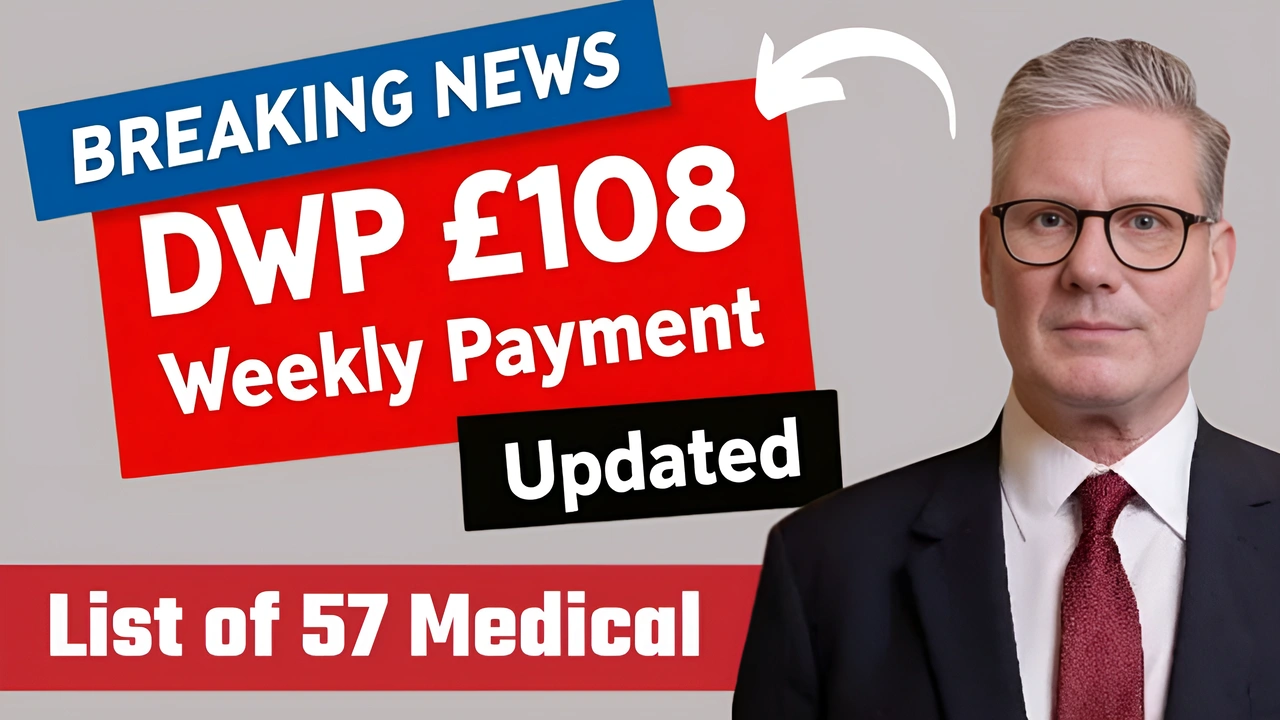Disability Living Allowance (DLA) is a benefit provided by the Department for Work and Pensions (DWP) to assist individuals with disabilities that impact their mobility or require special care. Although DLA is being phased out for adults in favor of Personal Independence Payment (PIP), it remains available for children under 16 years old in the UK. Currently, around one million people receive DLA.
Recently, DLA rates have been increased by 6.7% to keep pace with inflation, ensuring that families continue to receive adequate support during these challenging economic times. This adjustment aims to help families afford the care their children require. To further support families, the DWP has compiled a list of 57 medical conditions that could qualify a child for DLA, helping to clarify eligibility and streamline the application process.
Components and Rates of DLA
DLA for children consists of two main components designed to address different needs:
Care Component
This component helps with the costs associated with personal care. The updated 2024 rates are as follows:
- Lowest Rate: £28.70 per week for children who need part-time assistance.
- Middle Rate: £72.66 per week for children who require frequent care or supervision, either during the day or night.
- Highest Rate: £108.57 per week for children who need continuous care throughout the day and night.
Mobility Component
This component helps children who have difficulty walking or need assistance when moving around. The 2024 rates are:
- Lower Rate: £28.70 per week for children who can walk but require guidance or supervision outdoors.
- Higher Rate: £72.66 per week for children who have severe mobility difficulties or need considerable assistance due to sensory impairments.
How to Apply for DLA
To apply for Disability Living Allowance for a child, the applicant must be the child’s parent or a person in a parental role. The application can be completed in two ways:
Online Application
The DLA application form is available on the UK government’s official website. It is crucial to provide detailed information about the child’s condition and how it affects their daily life.
By Phone
For those who need a paper form or assistance, the DLA helpline is available. The service includes support via standard telephone, textphone for those with hearing impairments, and a British Sign Language (BSL) video relay service during office hours.
Contact Details for Assistance
If you need help with the DLA application or have any questions, you can contact the DLA helpline:
- Telephone: 0800 121 4600
- Textphone: 0800 121 4523 (for individuals with hearing impairments)
- Relay UK: Dial 18001 followed by 0800 121 4600 for individuals who cannot hear or speak on the phone.
- British Sign Language (BSL) Video Relay: Available for BSL users during office hours (Monday to Friday, 9 am to 5 pm).
Medical Conditions that Qualify for DLA
The DWP has outlined 57 medical conditions that can make a child eligible for DLA. Eligibility depends on how the condition impacts the child’s daily activities, particularly their mobility and care needs. Some of the conditions that qualify for DLA include:
- Arthritis
- Epilepsy
- Visual and hearing disorders
- Respiratory diseases (e.g., asthma)
- Neurological conditions (e.g., multiple sclerosis, Parkinson’s disease)
- Severe mental impairments
- Chronic pain syndromes
- Learning disabilities
- Developmental disorders
- Severe cognitive disorders
A complete list of qualifying conditions is available on the DWP website.
Payment Schedule and Method
DLA is typically paid every four weeks, with payments made on a Wednesday. If the scheduled payment date falls on a bank holiday, the payment will usually be made earlier.
Payments are made directly into the recipient’s bank account, either a current or basic account. This direct deposit method ensures the funds are securely transferred and accessible immediately.
Transition from DLA to Other Benefits
As children receiving DLA reach the age of 16, they will transition to appropriate adult benefits, depending on their location and disability. This transition is managed by the benefits authorities, who will provide guidance to ensure a smooth process.
Although new applications for adults are no longer accepted under DLA, this benefit continues to play an important role for children, reflecting both their care needs and the ongoing adjustments to the cost of living.



